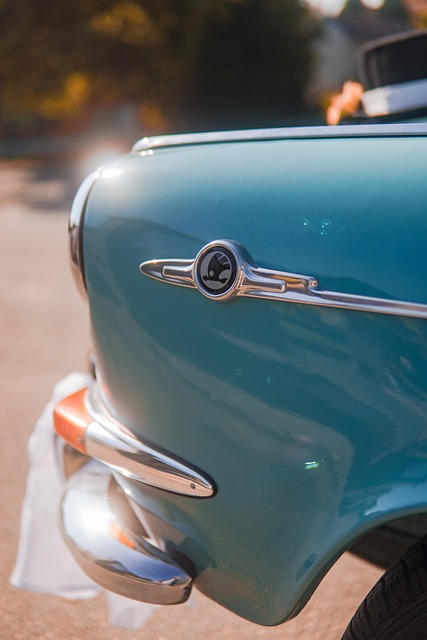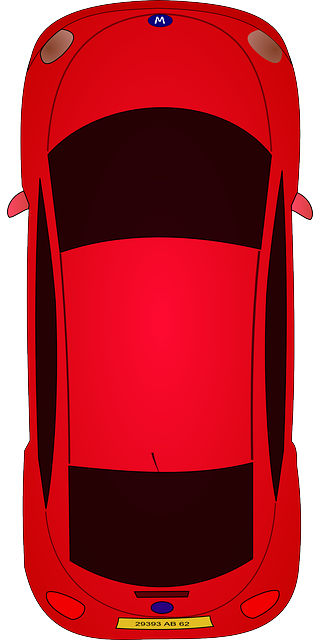Choosing between enclosed and open car transport for auctions depends on vehicle value and budget. Enclosed carriers protect high-value or classic cars from weather and damage but are more expensive due to reduced capacity and potential custom fittings. Open transport is cost-effective, exposing vehicles to elements, suitable for affordable or less valuable cars, but offers lower protection. Auctioneers should weigh these factors when deciding based on fleet size, vehicle types, and budget constraints. Best practices for open transport include securing vehicles and selecting suitable routes based on weather conditions to minimize hazards.
Auctions require efficient car transport solutions without breaking the bank. Understanding the options between enclosed and open transport is key to making informed decisions. This article explores these two primary methods, highlighting their unique advantages and considerations. We delve into how enclosed car transport offers protection and flexibility, while open transport provides a cost-effective solution for bulk vehicle movements. By understanding the nuances of both, auctioneers can choose the best approach based on budget and specific needs.
- Understanding Car Transport Options for Auctions
- Enclosed Car Transport: Advantages and Considerations
- Open Car Transport: Cost-Effective Solution and Best Practices
Understanding Car Transport Options for Auctions

When it comes to car transport for auctions, understanding your options is crucial. One key distinction lies in the choice between enclosed and open car transport. Enclosed carriers provide a secure environment, shielding vehicles from direct exposure to weather conditions and potential damage during transit. This makes them ideal for high-value or classic cars that require extra care. On the other hand, open transport offers cost savings as it exposes vehicles to the elements, which can be beneficial for more affordable or less valuable cars where budget is a primary concern.
Auctioneers and car owners should consider these options based on their specific needs. Enclosed transport ensures better preservation of the vehicle’s condition, while open transport is more economical, especially when bulk shipments are involved. Knowing this difference empowers users to make informed decisions, ensuring they select the most suitable car transport method for their auctions, balancing cost-effectiveness with the safety and integrity of the vehicles.
Enclosed Car Transport: Advantages and Considerations

Enclosed car transport offers a level of protection that its open-air counterpart does not. When vehicles are transported in an enclosed trailer, they are shielded from direct exposure to weather conditions, road debris, and other potential damage. This is particularly advantageous for auctions where cars may be acquired by buyers who intend to resell them, as it ensures the vehicle arrives in better condition. Enclosed transport also provides additional security against theft and vandalism, a significant concern when moving valuable assets like vehicles over long distances.
However, enclosed car transport does come at a higher cost compared to open transport methods. The larger size of enclosed trailers means there’s less capacity for transporting multiple vehicles simultaneously, potentially increasing per-vehicle expenses. Moreover, some specialized or exotic cars may require specific fittings within the trailer to ensure they’re securely fastened during transit, adding further expense. For budget-conscious auctioneers, understanding these considerations is crucial when deciding between enclosed and open car transport methods based on their fleet size, vehicle types, and financial constraints.
Open Car Transport: Cost-Effective Solution and Best Practices

Open car transport offers a cost-effective solution for those looking to move their vehicles economically, especially for auctions where budget constraints are common. Unlike enclosed transport, which provides more protection against the elements and potential dings and scratches, open transport allows for a more affordable option. This is ideal for vehicles that don’t require the same level of security or for auctioneers who need to move multiple cars with a limited budget.
When utilizing open car transport, best practices include ensuring the vehicles are properly secured to prevent shifting during transit. This might involve using straps or tarps to secure the cars, especially if they’re larger or more prone to movement. Additionally, considering the weather conditions and choosing suitable routes can help avoid potential hazards, ensuring a smoother journey for both the vehicles and the transporters.
When it comes to budget-friendly car transport for auctions, both enclosed and open options offer distinct advantages. Enclosed transport provides maximum protection against weather and potential damage, but comes at a higher cost. In contrast, open transport is a cost-effective solution, ideal for auctions where weather isn’t a concern and vehicles are in good condition. By understanding the pros and cons of each method, auctioneers can make informed decisions to optimize their logistics while adhering to their budgets.
